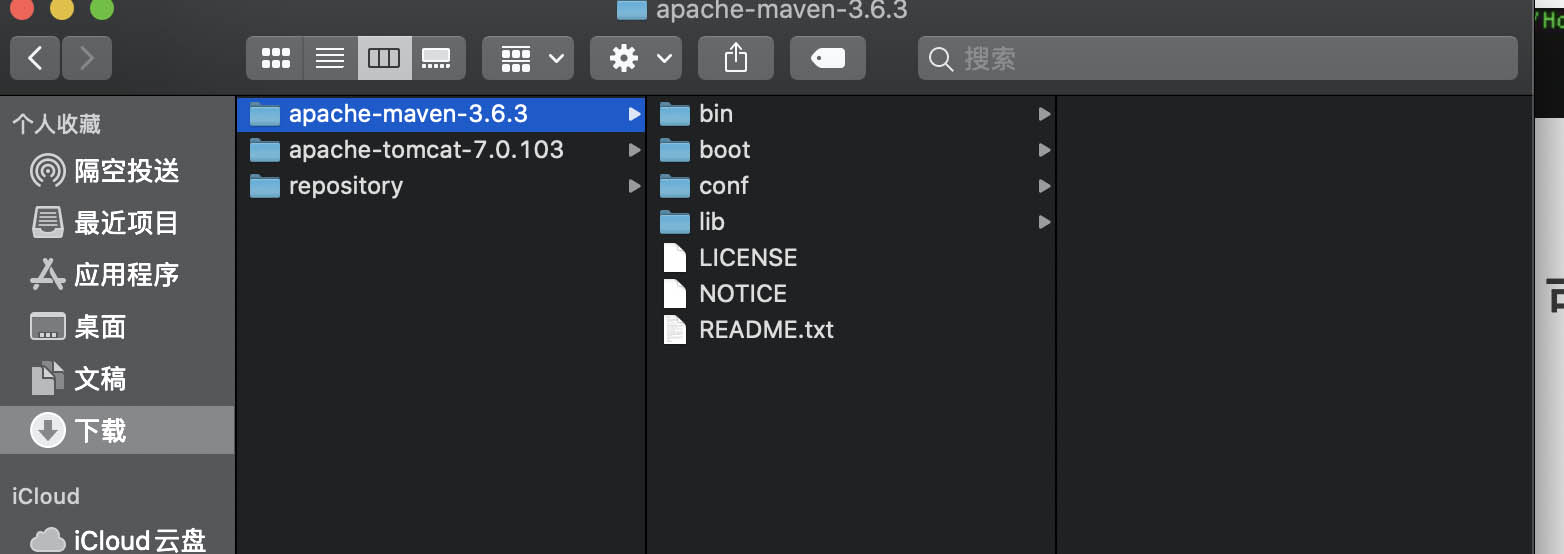How to set RGB pixel in a BufferedImage to display a 16-bit-depth PNG?(如何在BufferedImage中设置RGB像素以显示16位深度的PNG?)
问题描述
我正在尝试读取并显示PNG文件。 我可以轻松处理8位深度的图像。 我按如下方式进行:
BufferedImage result = new BufferedImage(width, height, BufferedImage.TYPE_INT_RGB);
然后我读取每个像素的3*8=24位,将它们保存在一个字节数组data中,并使用:
for (int y = 0; y < height; y++)
for (int x = 0; x < width; x++)
result.setRGB(x, y, ((data[x * 3 + 0] & 0xff) << 16)
+ ((data[x * 3 + 1] & 0xff) << 8)
+ ((data[x * 3 + 2] & 0xff)));
现在问题出在16位深度图像上。当然,data现在更大了,它包含48位,分为6个字节,每个RGB三元组:来自调试器的data具有我期望的值。
如何设置RGB像素?我必须更改BufferedImage声明吗?可以使用:
BufferedImage result = new BufferedImage(width, height, BufferedImage.TYPE_USHORT_565_RGB);
提前表示感谢!
附注:按照PNG标准,图像的颜色类型为2(不含Alpha的RGB)。也许我将不得不使用http://docs.oracle.com/javase/7/docs/api/java/awt/image/ColorModel.html
推荐答案
@haraldK指向了正确的方向。我提供了一些来自"icafe"Java图像库的PNGReader的工作代码。
if(bitsPerPixel == 16) {
if(interlace_method==NON_INTERLACED)
spixels = generate16BitRGBPixels(compr_data, false);
else {
spixels = generate16BitRGBInterlacedPixels(compr_data, false);
}
int[] off = {0, 1, 2}; //band offset, we have 3 bands
int numOfBands = 3;
boolean hasAlpha = false;
int trans = Transparency.OPAQUE;
int[] nBits = {16, 16, 16};
if(alpha != null) { // Deal with single color transparency
off = new int[] {0, 1, 2, 3}; //band offset, we have 4 bands
numOfBands = 4;
hasAlpha = true;
trans = Transparency.TRANSLUCENT;
nBits = new int[] {16, 16, 16, 16};
}
db = new DataBufferUShort(spixels, spixels.length);
raster = Raster.createInterleavedRaster(db, width, height, width*numOfBands, numOfBands, off, null);
cm = new ComponentColorModel(colorSpace, nBits, hasAlpha, false, trans, DataBuffer.TYPE_USHORT);
}
return new BufferedImage(cm, raster, false, null);
以下是Generate16BitRGBPixels()方法:
private short[] generate16BitRGBPixels(byte[] compr_data, boolean fullAlpha) throws Exception {
//
int bytesPerPixel = 0;
byte[] pixBytes;
if (fullAlpha)
bytesPerPixel = 8;
else
bytesPerPixel = 6;
bytesPerScanLine = width*bytesPerPixel;
// Now inflate the data.
pixBytes = new byte[height * bytesPerScanLine];
// Wrap an InflaterInputStream with a bufferedInputStream to speed up reading
BufferedInputStream bis = new BufferedInputStream(new InflaterInputStream(new ByteArrayInputStream(compr_data)));
apply_defilter(bis, pixBytes, height, bytesPerPixel, bytesPerScanLine);
short[] spixels = null;
if(alpha != null) { // Deal with single color transparency
spixels = new short[width*height*4];
short redMask = (short)((alpha[1]&0xff)|(alpha[0]&0xff)<<8);
short greenMask = (short)((alpha[3]&0xff)|(alpha[2]&0xff)<<8);;
short blueMask = (short)((alpha[5]&0xff)|(alpha[4]&0xff)<<8);
for(int i = 0, index = 0; i < pixBytes.length; index += 4) {
short red = (short)((pixBytes[i++]&0xff)<<8|(pixBytes[i++]&0xff));
short green = (short)((pixBytes[i++]&0xff)<<8|(pixBytes[i++]&0xff));
short blue = (short)((pixBytes[i++]&0xff)<<8|(pixBytes[i++]&0xff));
spixels[index] = red;
spixels[index + 1] = green;
spixels[index + 2] = blue;
if(spixels[index] == redMask && spixels[index + 1] == greenMask && spixels[index + 2] == blueMask) {
spixels[index + 3] = (short)0x0000;
} else {
spixels[index + 3] = (short)0xffff;
}
}
} else
spixels = ArrayUtils.toShortArray(pixBytes, true);
return spixels;
}
和ArrayUtils.toShortArray()方法:
public static short[] toShortArray(byte[] data, int offset, int len, boolean bigEndian) {
ByteBuffer byteBuffer = ByteBuffer.wrap(data, offset, len);
if (bigEndian) {
byteBuffer.order(ByteOrder.BIG_ENDIAN);
} else {
byteBuffer.order(ByteOrder.LITTLE_ENDIAN);
}
ShortBuffer shortBuf = byteBuffer.asShortBuffer();
short[] array = new short[shortBuf.remaining()];
shortBuf.get(array);
return array;
}
这篇关于如何在BufferedImage中设置RGB像素以显示16位深度的PNG?的文章就介绍到这了,希望我们推荐的答案对大家有所帮助,也希望大家多多支持编程学习网!
本文标题为:如何在BufferedImage中设置RGB像素以显示16位深度的PNG?


基础教程推荐
- 不推荐使用 Api 注释的描述 2022-01-01
- 验证是否调用了所有 getter 方法 2022-01-01
- Java Swing计时器未清除 2022-01-01
- Java 实例变量在两个语句中声明和初始化 2022-01-01
- 如何在 Spring @Value 注解中正确指定默认值? 2022-01-01
- 大摇大摆的枚举 2022-01-01
- 多个组件的复杂布局 2022-01-01
- 在 Java 中创建日期的正确方法是什么? 2022-01-01
- 如何在 JFrame 中覆盖 windowsClosing 事件 2022-01-01
- 从 python 访问 JVM 2022-01-01

















